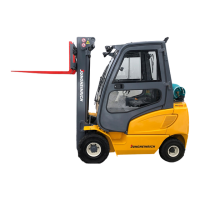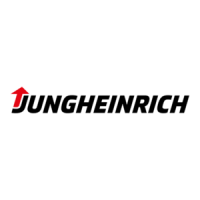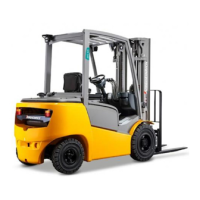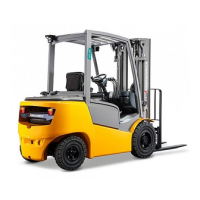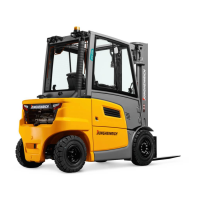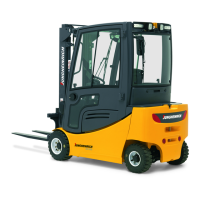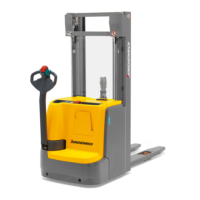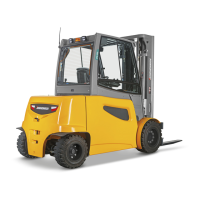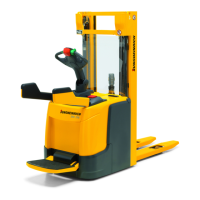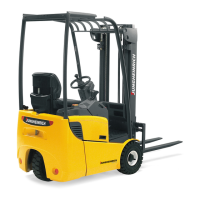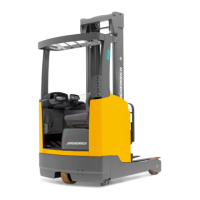Why is the transmission oil indicator lit during operation on my Jungheinrich DFG 316?
- JJason KellerSep 9, 2025
If the transmission oil indicator is lit during operation of your Jungheinrich Forklifts, it could be due to a low transmission oil level. Check the transmission oil level and top up if necessary. Another potential cause is a contaminated radiator, so clean the radiator.
